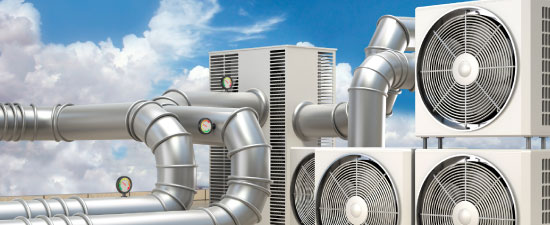Heating, Ventilation, and Air Conditioning (HVAC) systems are the backbone of indoor comfort in modern homes and commercial buildings. They regulate the temperature and air quality of the environment, ensuring that it is conducive for human habitation.
HVAC systems consist of several components, including a furnace or heat pump, air conditioning unit, air ducts, and air filters. The furnace or heat pump provides heating during winter, while the air conditioning unit provides cooling during summer. The air ducts carry the air from the unit to the different rooms of the building, and air filters clean the air by removing pollutants and allergens.
One of the critical components of HVAC systems is refrigeration. Refrigeration is the process of removing heat from the air or a substance to lower its temperature. In HVAC systems, refrigerant is used to absorb heat from the air inside the building and transfer it outside. The refrigerant is compressed and circulated through the system, removing heat from the air as it evaporates.
The use of refrigerants in HVAC systems has come under scrutiny in recent years due to their impact on the environment. Many of the refrigerants used in HVAC systems have a high global warming potential, and they contribute to climate change when they are released into the atmosphere. As a result, governments around the world are phasing out the use of ozone-depleting refrigerants and promoting the use of environmentally friendly alternatives.

